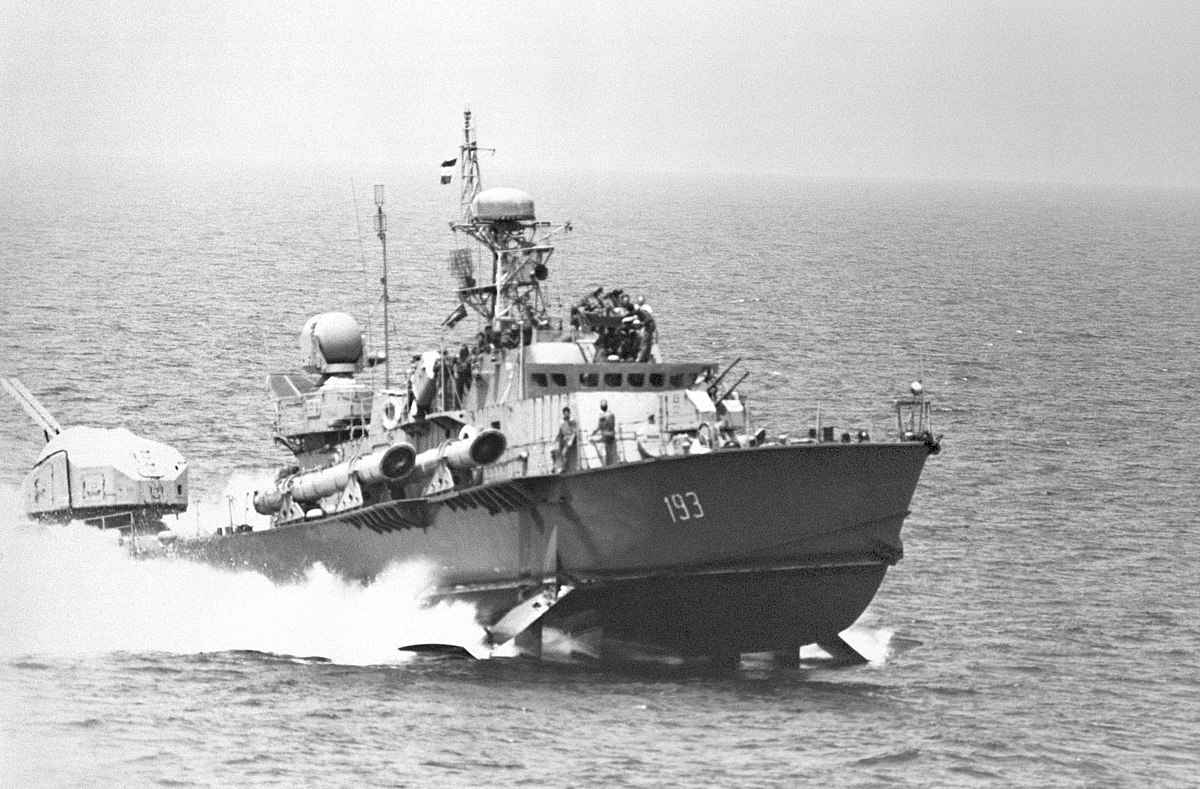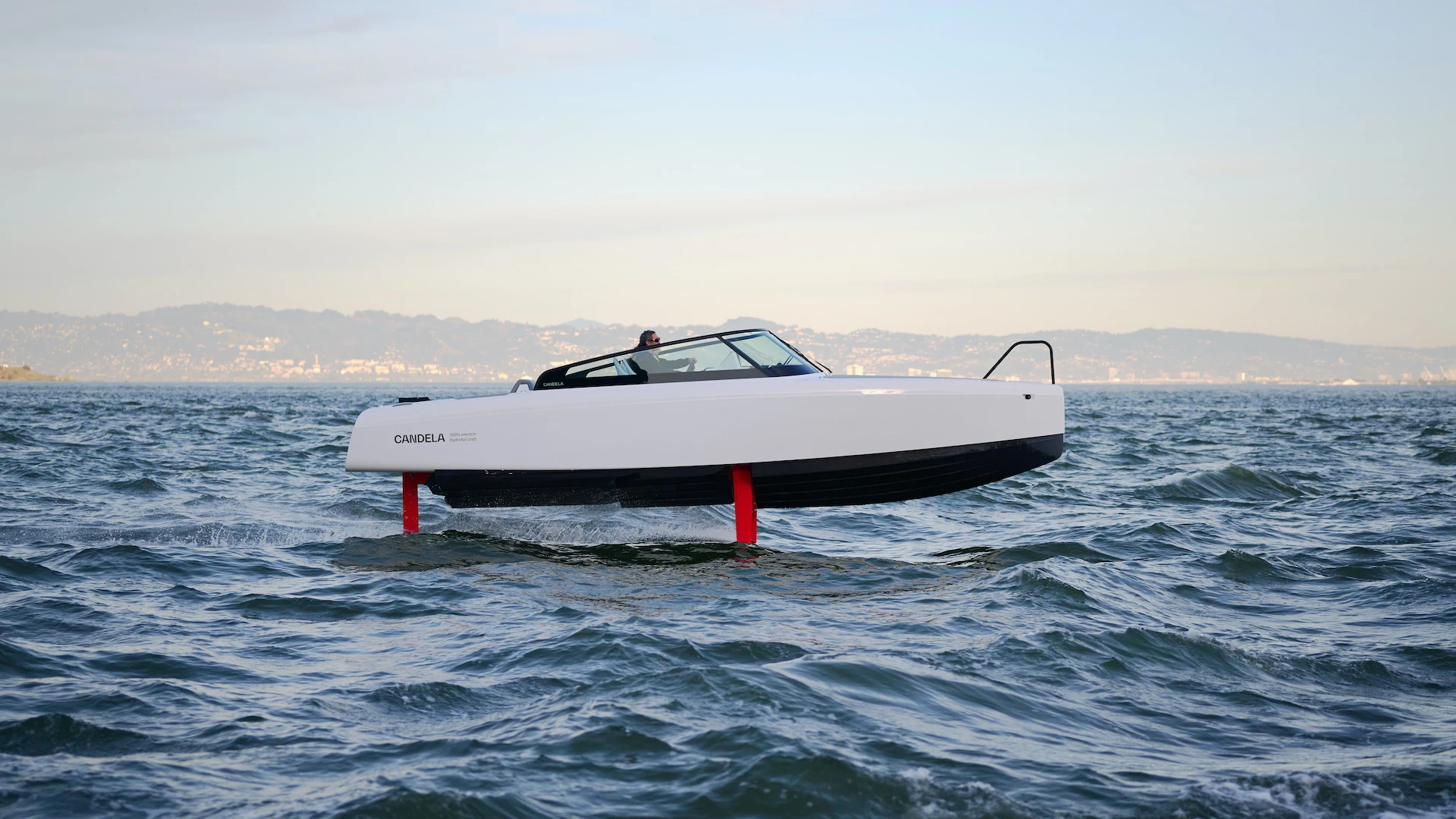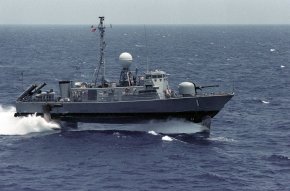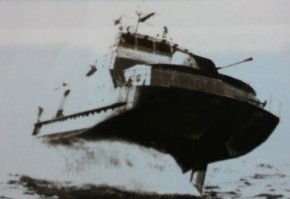Redlands18
Well-Known Member

Whatever Happened to Hydrofoils
One of the coolest vessels ever the hydrofoil was designed to provide high speed sprinting. The website Dark Roasted Blend ran a great post on the history of hydrofoils and another on Soviet era mo…
 www.thinkdefence.co.uk
www.thinkdefence.co.uk

Sparviero-class patrol boat - Wikipedia
 en.wikipedia.org
en.wikipedia.org

Turya-class torpedo boat - Wikipedia
 en.wikipedia.org
en.wikipedia.org



